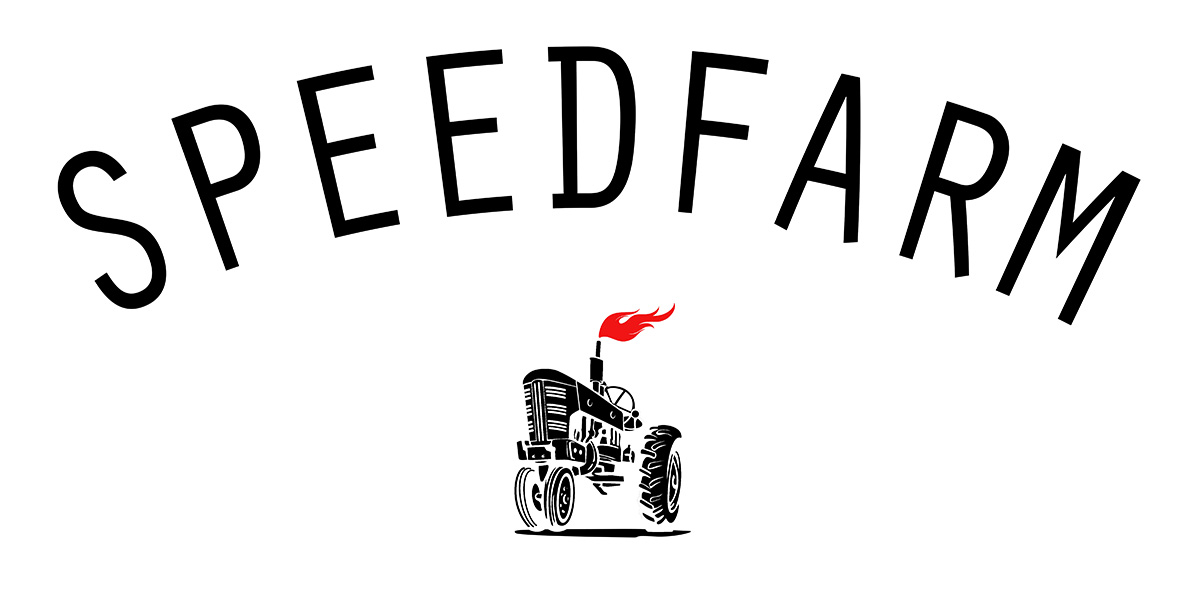Further to the last post debunking the 12-week marathon myth it seems worthy to discuss the concept of “training to train”. This boring old-fashioned prep work does not sell magazines or impress your friends on Strava but it is absolutely necessary and is part of a plan that will make you stronger than you can imagine.
The period of training to train (or General Preparation phase) consists of all of the running and supplementary training that is necessary to enable you to tolerate, perform and benefit from the later phases of Specific Preparation that will bring about the peak for an important event.
When looking at canned marathon programs, or published training schedules of elites, realize that this phase often goes unnoticed or unremarked. We need to ask ourselves several questions when looking at a jaw dropping training week with extensive running at or above marathon pace…
- What training preceded this week, this month, this year?
- What is the athlete’s “athletic age” and long-term training history?
- How does this impressive training block compare with the athletes’ previous specific training blocks?
Let’s look at theses questions one at a time…
- Realize that the challenging, specific training block leading up to a key race is sensibly only a moderate level more difficult than has already been completed and digested by an athlete. We can work backwards from a Monster Week, to Monster Week minus 1, minus 2 etc. to plan out what is necessary to make the specific training possible. In other words, there is a thread running from your training today to your Specific training phase 2 years from now. If you are considering a canned marathon schedule, work slowly backwards another 16-20 weeks from “Week 1” and realize where you need to be 8-10 months prior to your marathon in terms of training volume and intensity if you are to benefit from any program.
- Your athletic age (years of endurance training) has a direct impact on what volume and intensity of training you can benefit from. Athletes who come to running as adults, but with low athletic ages need an extra dose of patience to allow their bodies to adapt and slowly improve over time. There is a long period of training to train before worrying about Monster Weeks and fine-tuning of athletic fitness.
- Athletes with longer athletic ages and a proven training history will already have a lot of endurance and durability to draw on and will look to make improvements and advances each time they go through their Specific Preparation block. This way, each training cycle builds slowly on the one before, leading to small, incremental gains which accumulate nicely over the long term (6-10 years) leading to lifetime bests.
Part of the Speedfarm approach is to treat the General Preparation phase with as much serious attention as any phase in the training cycle, realizing that what is achieved when “training to train” directly limits what training can be accomplished during later phases. We focus on appropriate aerobic training efforts and volumes supplemented with strength and neuromuscular facilitation work to make a fit, durable athletes ready for impressive training to come!
